
13 Unique Types Of Crickets With Their Adorable Facts Homida
Crickets have a thin and cylindrical body with a flat head and two large eyes on each side. Depending on the species, crickets range in size from 3 to 50 mm in length. In terms of color, they generally have a brown or black hue. Some species also have wings, which are usually brown or transparent.

13 Unique Types of Crickets with Their Adorable Facts
Short Answer Crickets can be identified by their long antennae and six legs. They have a thin, cylindrical body that is usually brown or black and can range in size from less than an inch to more than two inches long. They also make a distinct chirping sound by rubbing their wings together.
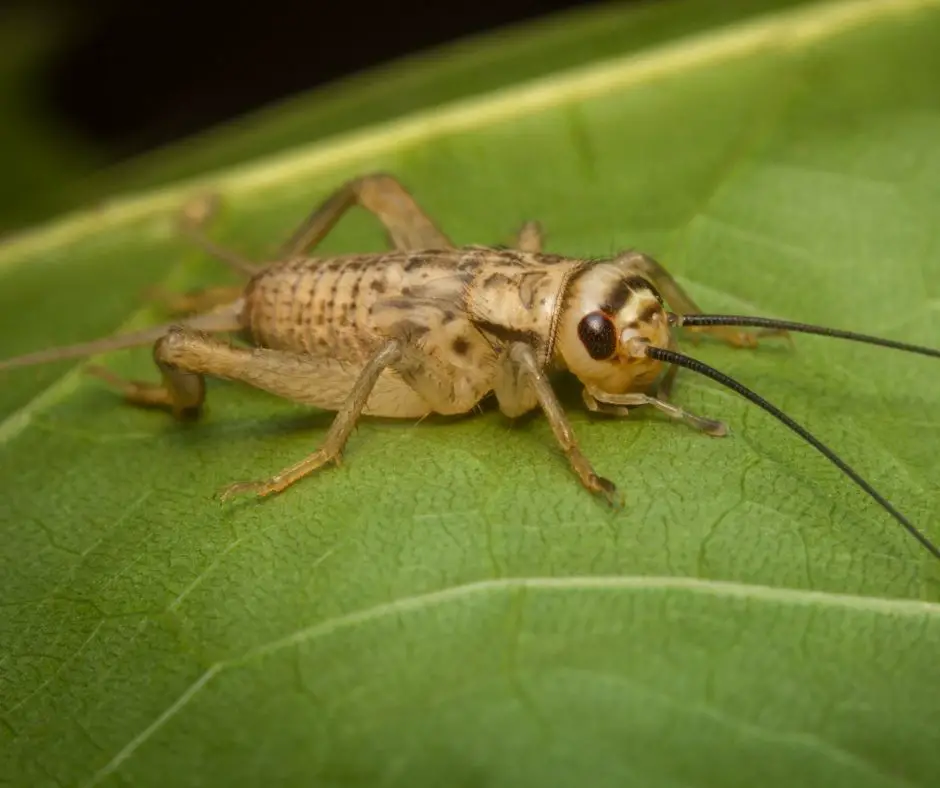
11 Different Types of Crickets (Plus FAQs) Animals HQ
Field crickets and house crickets are celebrated singers. There are many species in North America, and they can be hard to tell apart. They have large heads, hind legs adapted for jumping, and stout, unmovable spines on the hind legs. Species may be black, brown, or tan. Adult females have a needlelike (but harmless) ovipositor extending outward from the abdomen; all have a pair of filament.
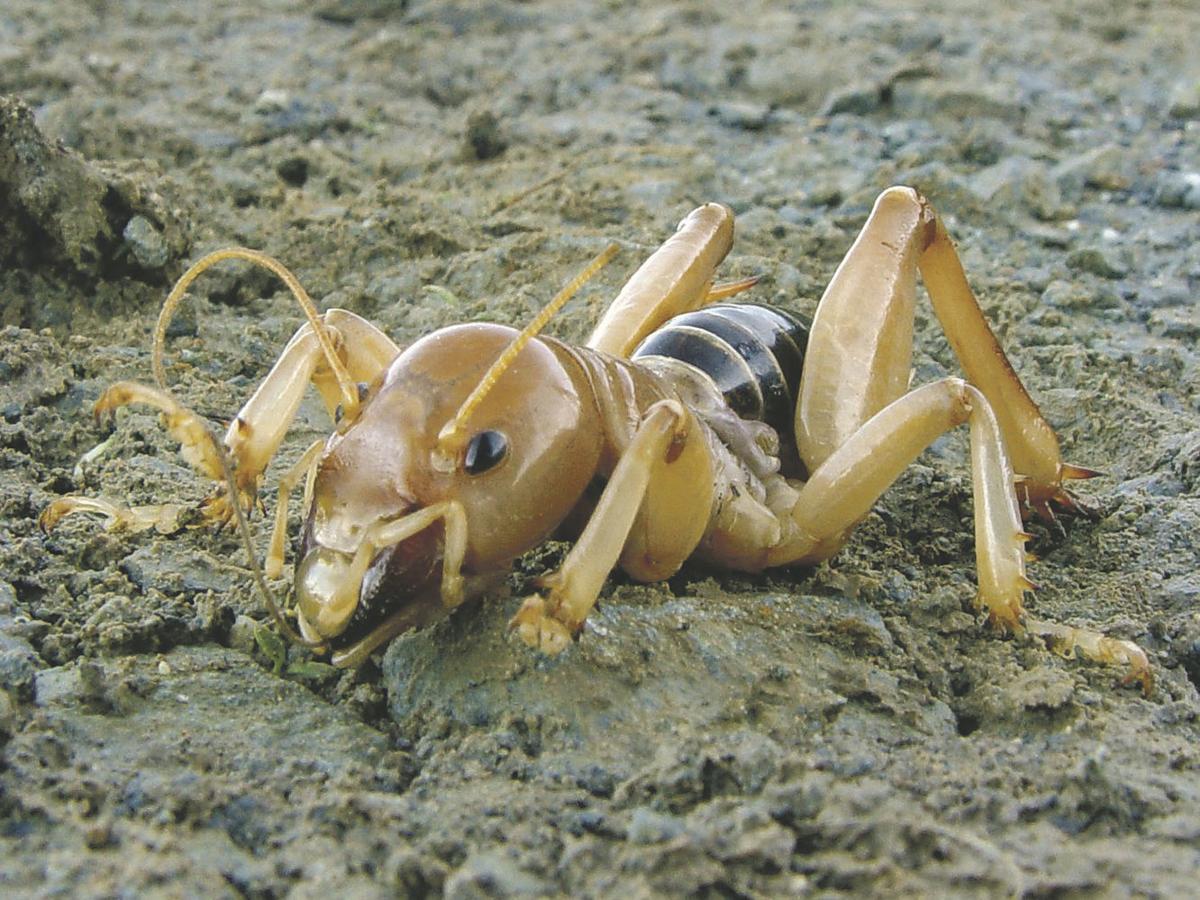
13 Unique Types Of Crickets With Their Adorable Facts Homida
At international level, there are now three clear formats - test cricket, one day internationals and T20 internationals. Each attracts its own audience but test cricket is still seen as the pinnacle of the game by many.
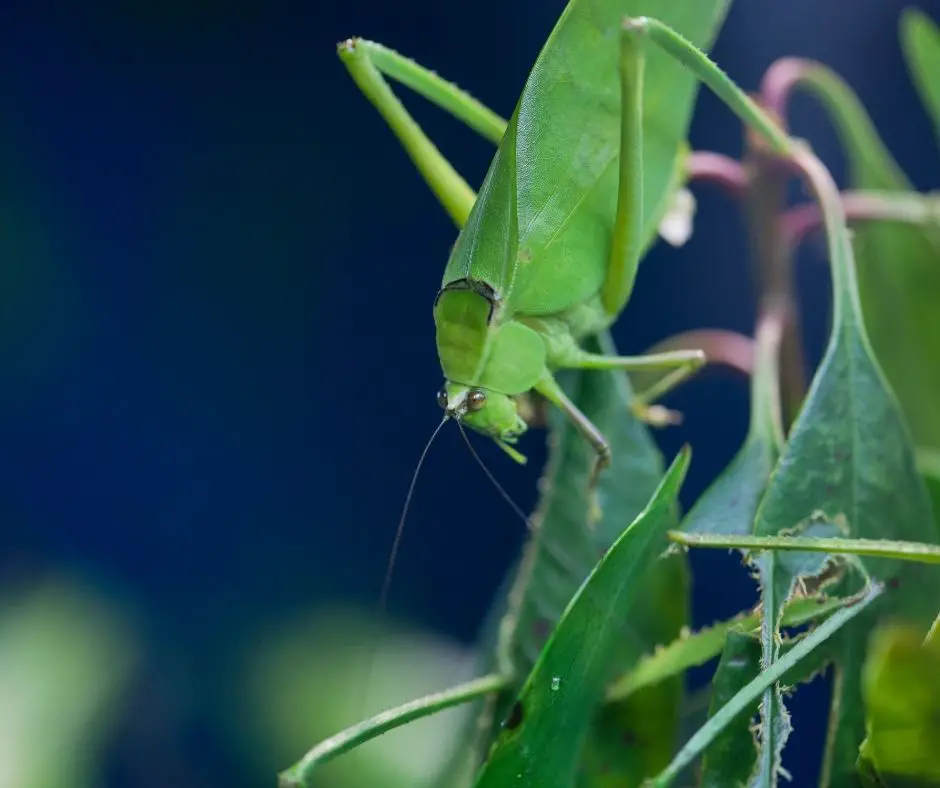
11 Different Types of Crickets (Plus FAQs) Animals HQ
The field cricket (genus Gryllus) and the house cricket ( Acheta, formerly Gryllus, domesticus) of the subfamily Gryllinae are stout-bodied and black or brown and often dig shallow burrows. They may feed on plants, animals, clothes, and each other.
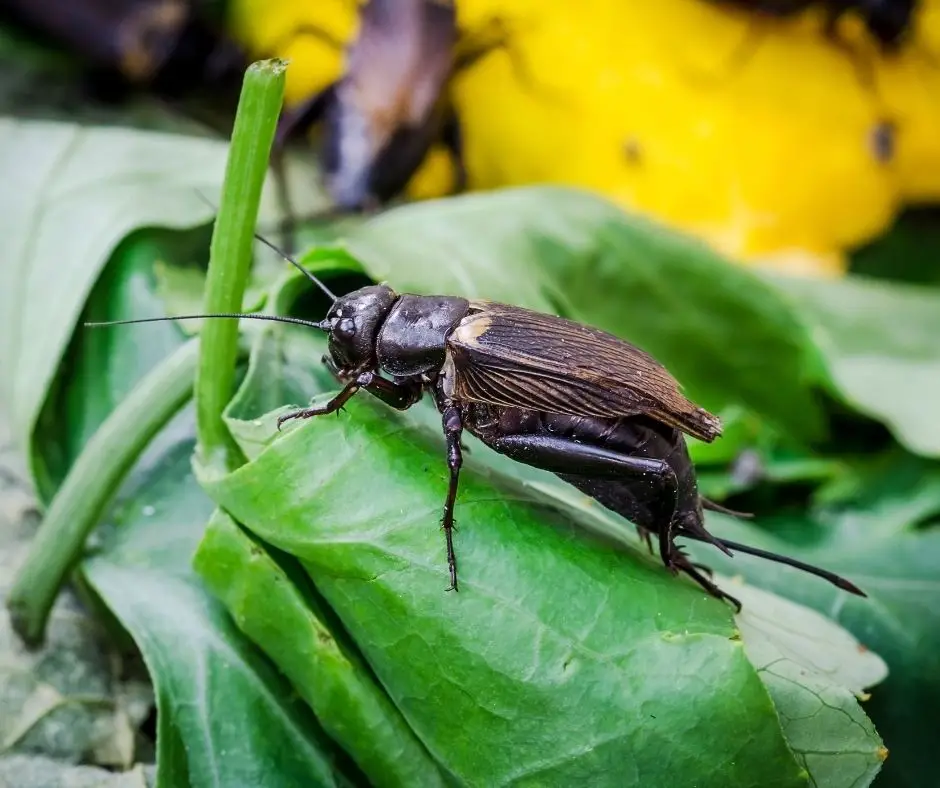
11 Different Types of Crickets (Plus FAQs) Animals HQ
Cricket Types. Cricket is played professionally in many countries around the world. The traditional version of the game, Test match cricket, is played over five days. There are a few different versions of competitive cricket played over a shorter time period. Here you will find a description of each of these.
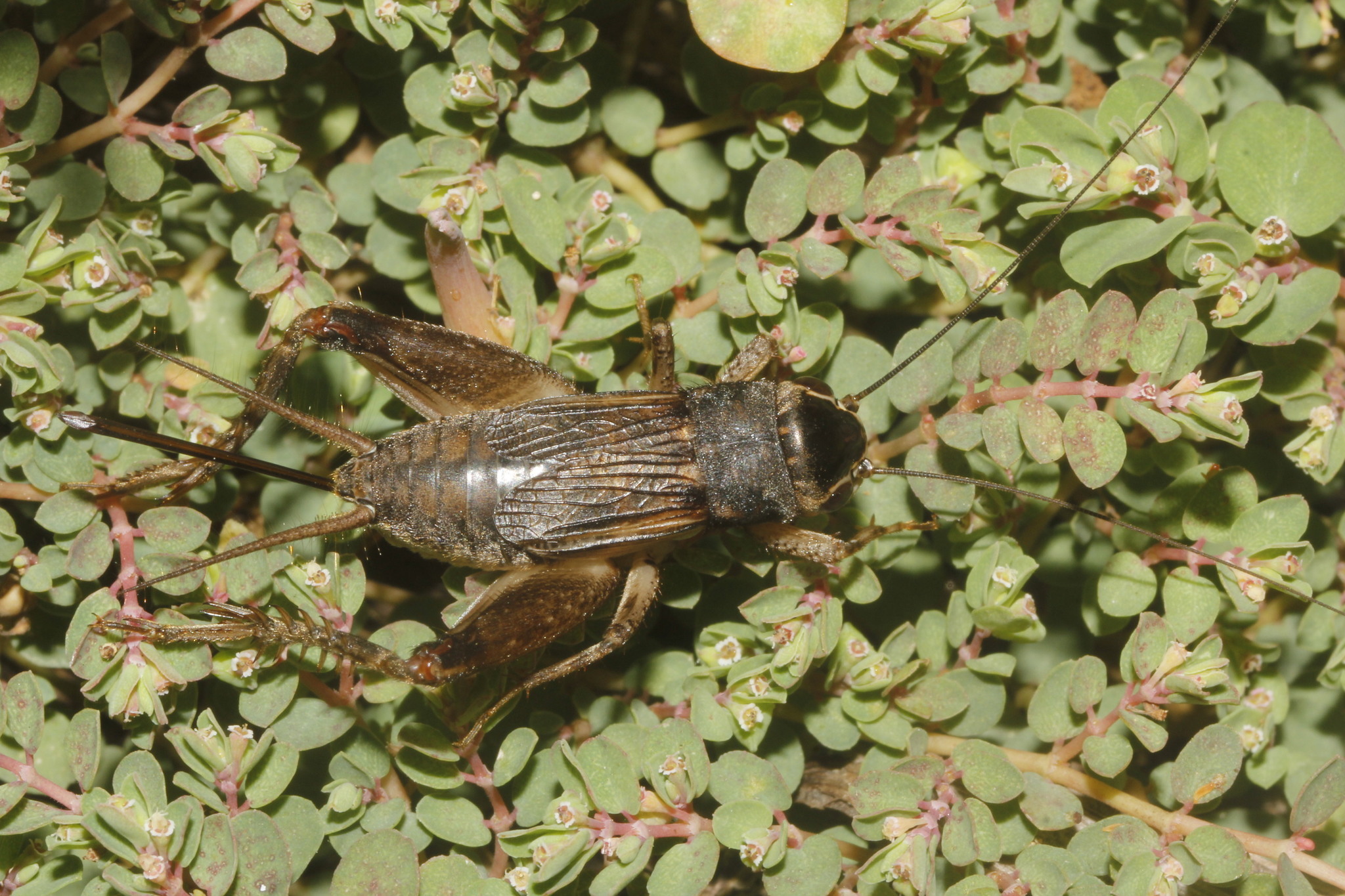
13 Unique Types Of Crickets With Their Adorable Facts Homida
In our scheme, the initial subdivisions are families, and we recognize only two: Gryllotalpidae, the mole crickets, and Gryllidae, all other crickets. We treat as subfamilies some cricket groups that others treat as families—namely, tree crickets, scaly crickets, ant crickets, and sword-tailed crickets.

11 Different Types of Crickets (Plus FAQs) Animals HQ
When cricket first started, there were only two types of matches: First-class and Tests. Currently, there are six categories of matches that could appear on a player profile. However, there are three basic forms of cricket: First-class One day Twenty 20 (T20) International Forms

Cricket Species Part 1 Types of Crickets Part 1 YouTube
DIET Crickets are scavengers , able to eat almost anything they can find in your basement, garage, or outdoor habitat. Ironically, their diet is very similar to a human's. Since they are omnivores, crickets are not limited to food that only consists of plant matter.

13 Unique Types Of Crickets With Their Adorable Facts Homida
Physical Description and Appearance Size: They are small-to-medium-sized insects, ranging from 0.12 to 2 inches (3-50 mm). Species of bull crickets are the largest, measuring about 2 inches (5 cm). Head and eyes: Their heads are spherical, with long antennae, behind which lie two big compound eyes.

Cricket Information, Types of Crickets and Pictures
According to the scientific classification system, the field crickets are a subfamily of crickets that include dozens of individual cricket species. This group of crickets shares many common characteristics, despite being spread across the globe. Most Americans are familiar with the fall field cricket (Gryllus pennsylvanicus), a black or dark.

13 Unique Types of Crickets with Their Adorable Facts
Share: All of the various types of crickets are fascinating creatures despite being common insects. They have earned a lot of bad reputation for keeping people up all night. However, not all people consider them a nuisance. Some people even think of crickets as lucky.
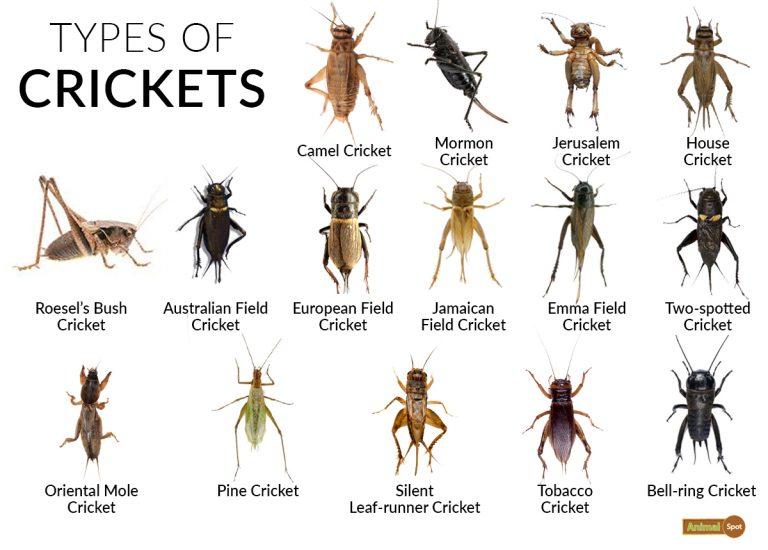
Cricket Facts, Types, Lifespan, Call, Pictures
The female house crickets have an ovipositor that is used for laying eggs. #7. Field Crickets - Field crickets are 1/2 to 11/4 inches in size. They have a plum body and are black. They also contain long slender antennae and big hind legs. There are many types of field crickets which differ in size to a great extent.
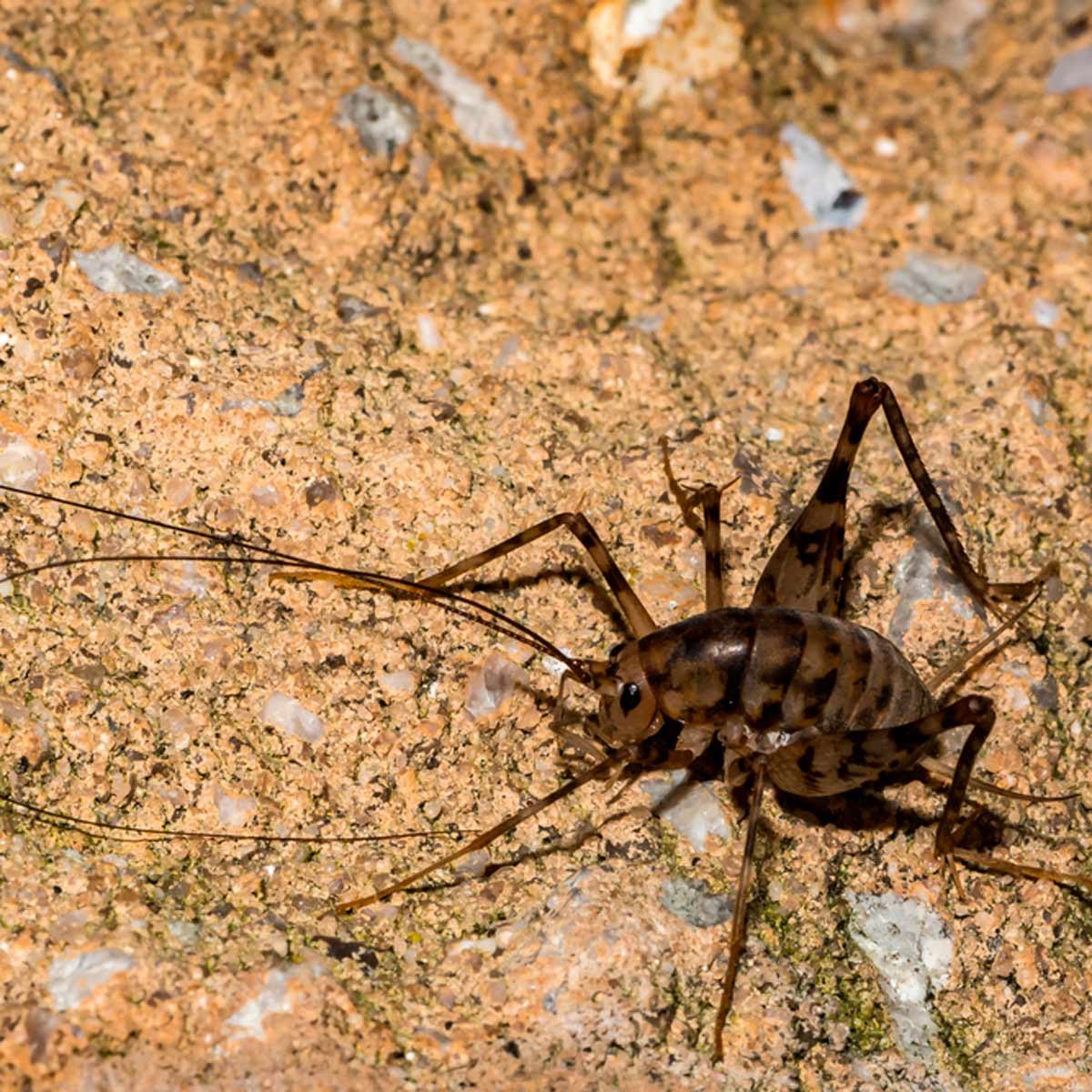
What Are the Types of Crickets in PA? Are They Safe or Unsafe?
The crickets, grasshoppers, and katydids constitute the order Orthoptera. This is a list of significant orthopterans ordered alphabetically by family. crickets (family Gryllidae) grasshoppers (families Acrididae and Tettigoniidae) long-horned grasshoppers or katydids (family Tettigoniidae) cone-headed grasshoppers (subfamily Copiphorinae)
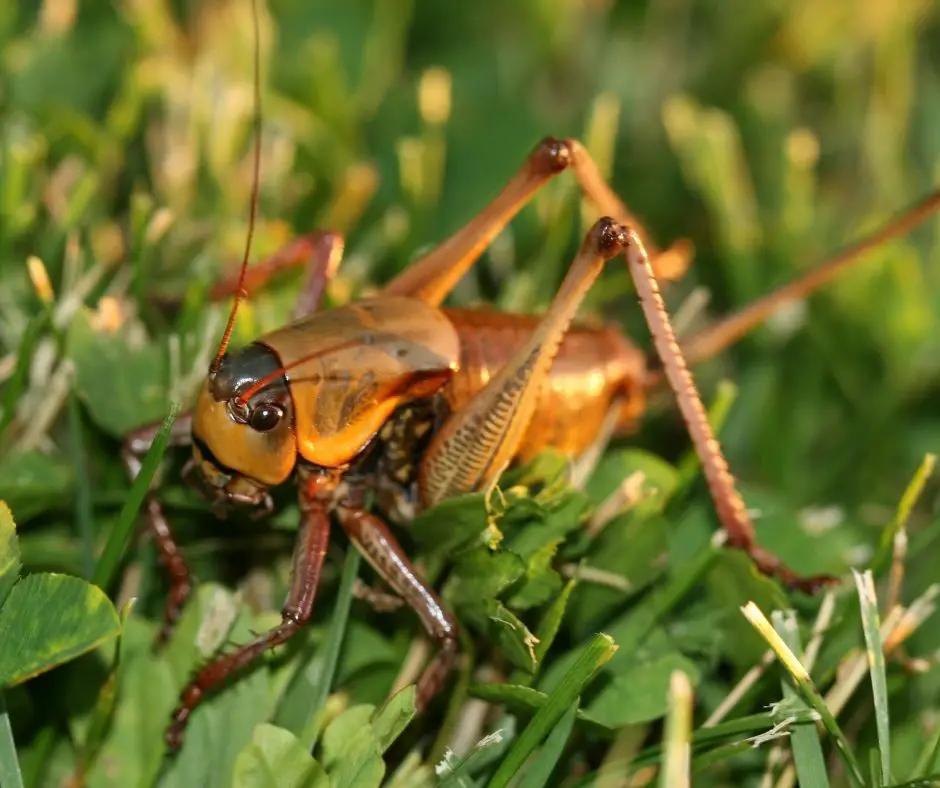
11 Different Types of Crickets (Plus FAQs) Animals HQ
The Vast Number of Cricket Species. There are an estimated 900 to 1,000 cricket species worldwide, showcasing an incredible diversity within this insect group. Factors contributing to this diversity include their adaptability to various habitats, differences in reproductive strategies, and a wide range of dietary preferences.
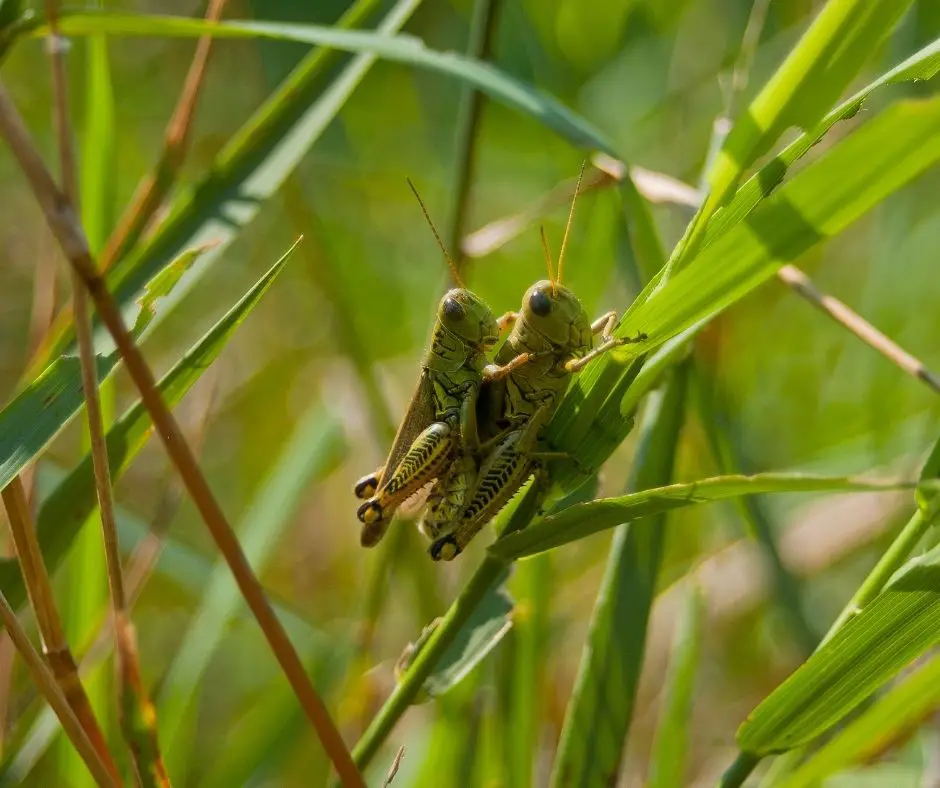
11 Different Types of Crickets (Plus FAQs) Animals HQ
Description African field cricket, Gryllus bimaculatus Crickets are small to medium-sized insects with mostly cylindrical, somewhat vertically flattened bodies. The head is spherical with long slender antennae arising from cone-shaped scapes (first segments) and just behind these are two large compound eyes.